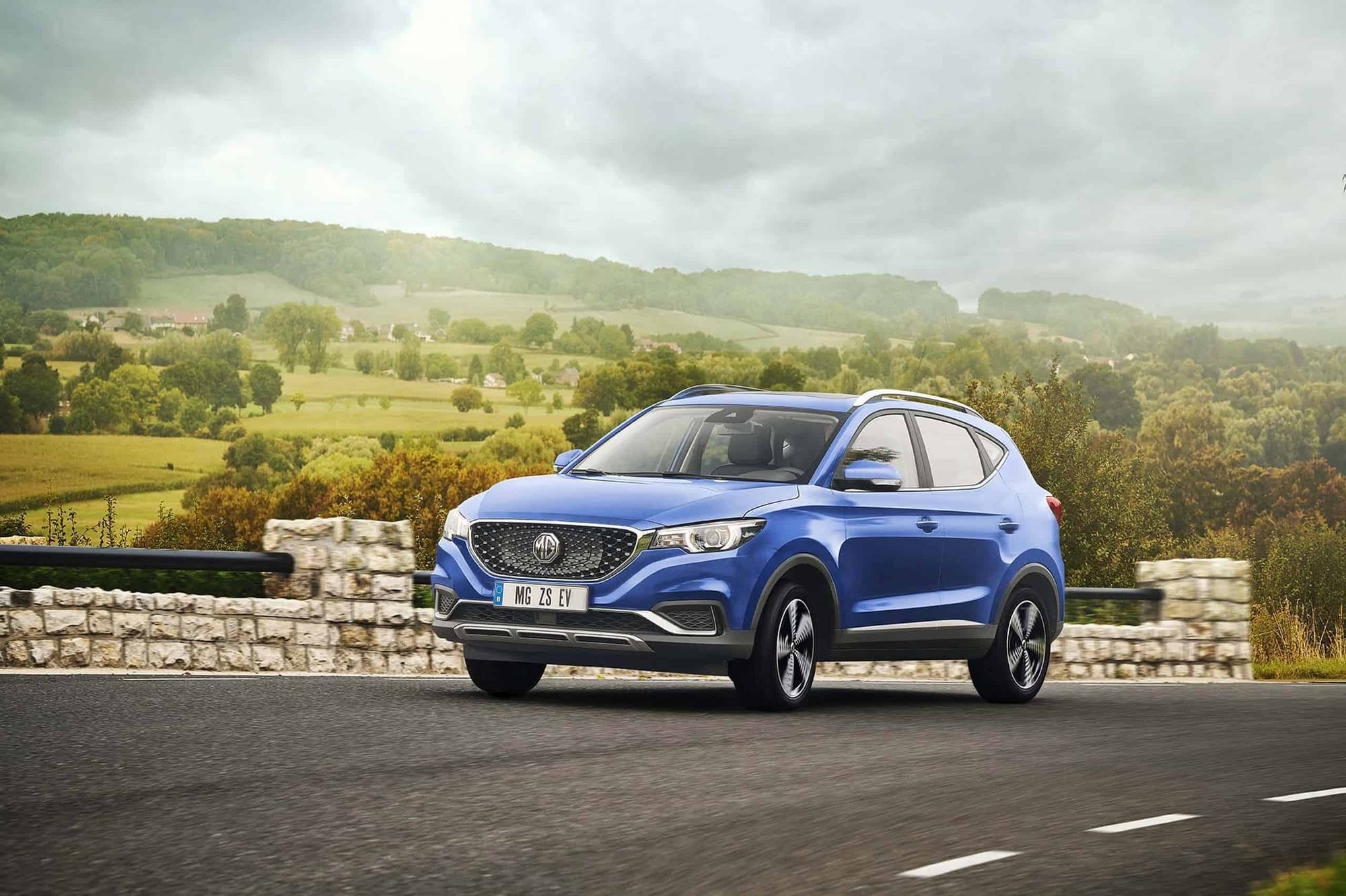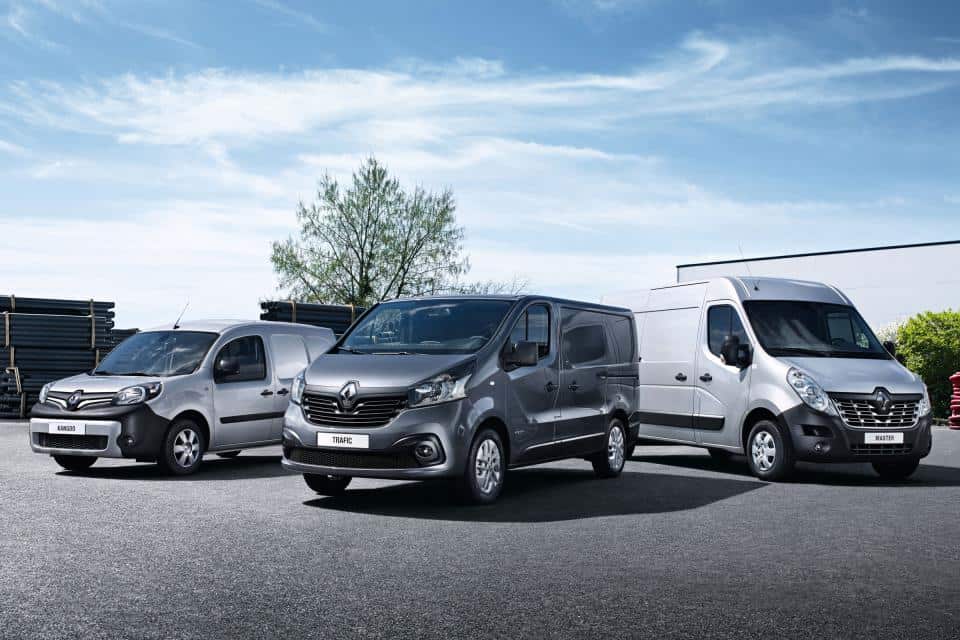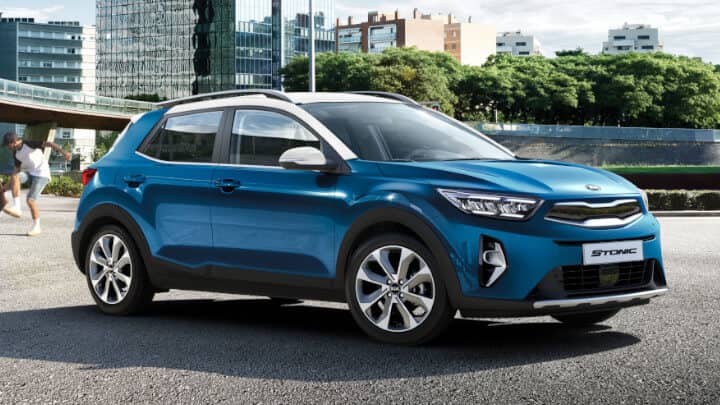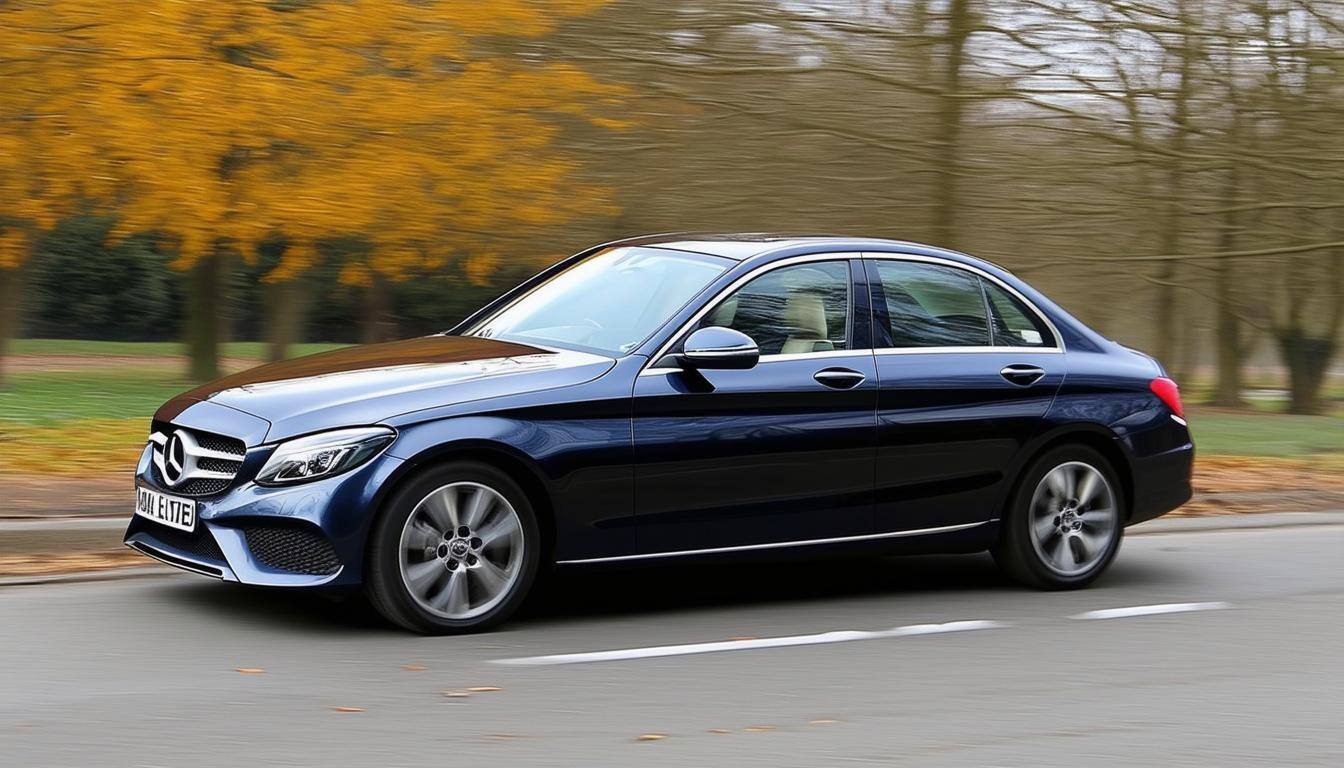Welcome to the Wagonex Car Reviews Hub — your central guide to the most popular,...

Electric Vehicles: What Are They And How Do They Work?
It was a Scotsman by the name of Robert Anderson who is credited with the invention of the first electric vehicle way back in the 1830s. Anderson had the idea to attach batteries to a carriage, and the concept of the electric vehicle was born.
Fifty years after Anderson, French inventor Gustave Trouvé exhibited the first electric vehicle at the Exposition internationale d'Électricité de Paris in 1880. Trouvé took a small electric motor manufactured by the German company Siemens, combined it with the recently invented rechargeable battery and fitted both to an English tricycle. Parisians were enchanted by the sight of Trouvé bouncing up and down the Rue Valois as he tested his new invention, though his inability to gain a patent put paid to the Frenchman’s dream of turning it into a commercial enterprise.
The first ‘true’ electric car came along eight years later when German manufacturer Maschinenfabrik A. Flocken introduced the Flocken Elektrowagen. A rather elegant little machine, the Flocken Electowagen paved the way for electric vehicle mass production twenty years ahead of a certain Mr. Henry Ford, who wouldn’t come along with his all-conquering Model T until 1908. Believe it or not, by the turn of the 20th Century, electric vehicles were the preferred vehicle of choice around the world, reaching peak production of 30,000 models a year by 1900.
So what changed?
How did we go from electric vehicles being the norm at the turn of the last century to a world choking on petrol and diesel fumes, with the electric motor relegated to powering milk floats and golf carts? Ironically, it was the invention of a simple electronic device that did for the electric car.
In 1912, the electric starter motor was fitted to Cadillac’s Model Thirty and other manufacturers were quick to follow suit. In a stroke, cumbersome crank handles were consigned to the dustbin of motoring history and the internal combustion engine became the dominant force in motor vehicle engineering for the next one hundred years. Thanks to the humble starter motor, the electric car became a thing of the past. It would take a seismic shift in global thinking before it would become the vehicle of the future.
Return of the EV
Two inventions heralded the return of the EV as a viable alternative to ICE powered vehicles. First came the metal-oxide-semiconductor field-effect transistor in 1959 which revolutionised electronics manufacturing. The second was the development of the lithium-ion battery in the 1980s that unleashed the potential of electric-powered vehicles by allowing for long distance travel. These two technologies combined to make the electric car a credible substitute to the diesel and petrol powered vehicles that had dominated the market for over a century. It was pioneers such as Tesla and Mitsubishi that made the dream of an electric-powered future a reality. The renaissance of the electric vehicle began in 2008 with the release of the Tesla Roadster and quickly gathered pace, helped in no small part by commercial production of hybrid motor vehicles such as the innovative Toyota Prius. This early-2000s darling of the celebrity set helped bridge the divide between EVs and ICE cars, introducing Joe Public to the idea that they would not have to rely on filthy, outdated gas guzzlers forever.
By the 2010s, the fully-electric car was no longer a niche product favoured by the ultra-rich. After Tesla paved the way with its innovative range of sports cars, mass manufacturers such as Ford, Hyundai, BMW, Volkswagen and Renault took up the mantle, producing everything from nippy little city cars to highly desirable SUVs. And while this revolution in the auto industry was taking place, recharging times started to tumble, charging points began to be rolled out across the country, prices started to fall and the all important distances EVs could travel expanded hugely - now even the most modest EV comfortably offers a 200 mile range before the need for a recharge. Finally, the future had arrived … and it was just in the nick of time.
It’s now beyond question that the world faces a climate crisis. Since the early days of the Industrial Revolution, humans have been pumping all manner of harmful garbage into the atmosphere, and it was only a matter of time before our carbon chickens came home to roost. The internal combustion engine has played a significant part in damaging our environment, with petrol and diesel engines responsible for 90% of the UK’s greenhouse gas emissions every year up to 2019 (the pandemic saw a significant downturn, as one would expect).
Thankfully, there’s still time to turn the situation around, both on an individual and a collective level. One simple way we can help the planet is by switching from petrol and diesel cars to EVs. Thankfully, more and more of us are doing just that. Indeed, we’ll soon be faced with no other choice as the government plans to ban the sale of new petrol and diesel engine cars by 2030.
Of course, as anyone who’s looked into the idea of switching from an ICE car to an EV will tell you, they’re still not exactly cheap. Even the cheapest electric car on the market, the Skoda CITIGOe iV, will set you back £15,000. Yes, prices are slowly dropping year by year, but even the cheapest EV still has a long way to go to compete on price with a bog standard Dacia Sandero coming in at under ten grand. The effects of the pandemic and rising prices across the board have pinched the already strained budgets of the average household. Understandably, many people - even those who are desperate to do their bit to give Mother Nature as much of a helping hand as they can - are wondering if now is the time to spend over the odds for an EV when a cheaper alternative is still available.
That’s where the subscription model pioneered in the UK by Wagonex comes into its own. Whether you fancy trying an EV out for a few months to see if you’re ready to make the change, or you’re committed to switching but don’t want to shell out your hard earned buying an EV outright or signing up for a lengthy - and costly - lease agreement, getting an electric vehicle on subscription means you can plug in and go without the huge upfront expense involved. Included in the monthly price is road tax, maintenance, servicing and roadside assistance, meaning all you have to do is pick the vehicle you fancy taking for a spin and away you go. You can even switch between models whenever the desire takes you, so one month you can be zipping around town in a nippy little Renault Zoe, and the next you can be treating yourself to a classic slice of British luxury behind the wheel of the Jaguar I-Pace. The choice is yours.
The electric car is the future. Before long, our roads will be full of these modern, environmentally friendly vehicles. For those looking to make the jump to an EV now but are worried about the expense and the commitment involved, subscription offers a modern, affordable, easy way to make the change.
Thanks for reading, if you're interested in more info about EVs on subscription, click here.
Or jump straight to our marketplace, here.
.png)
Van Subscriptions: Offering Flexibility in an Uncertain World





-2.jpg)